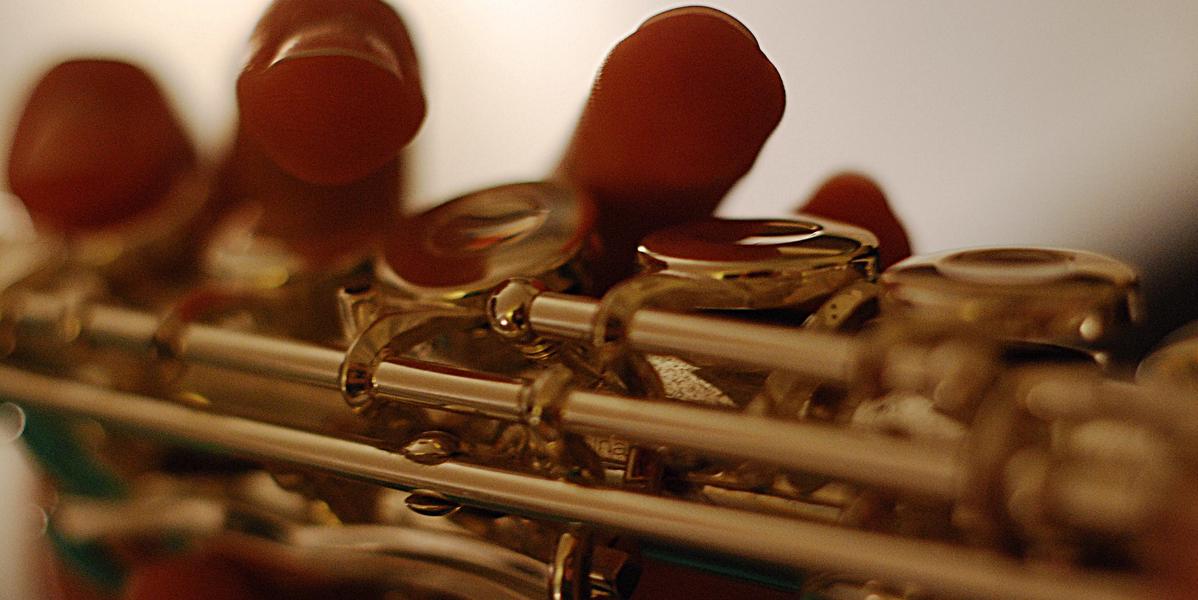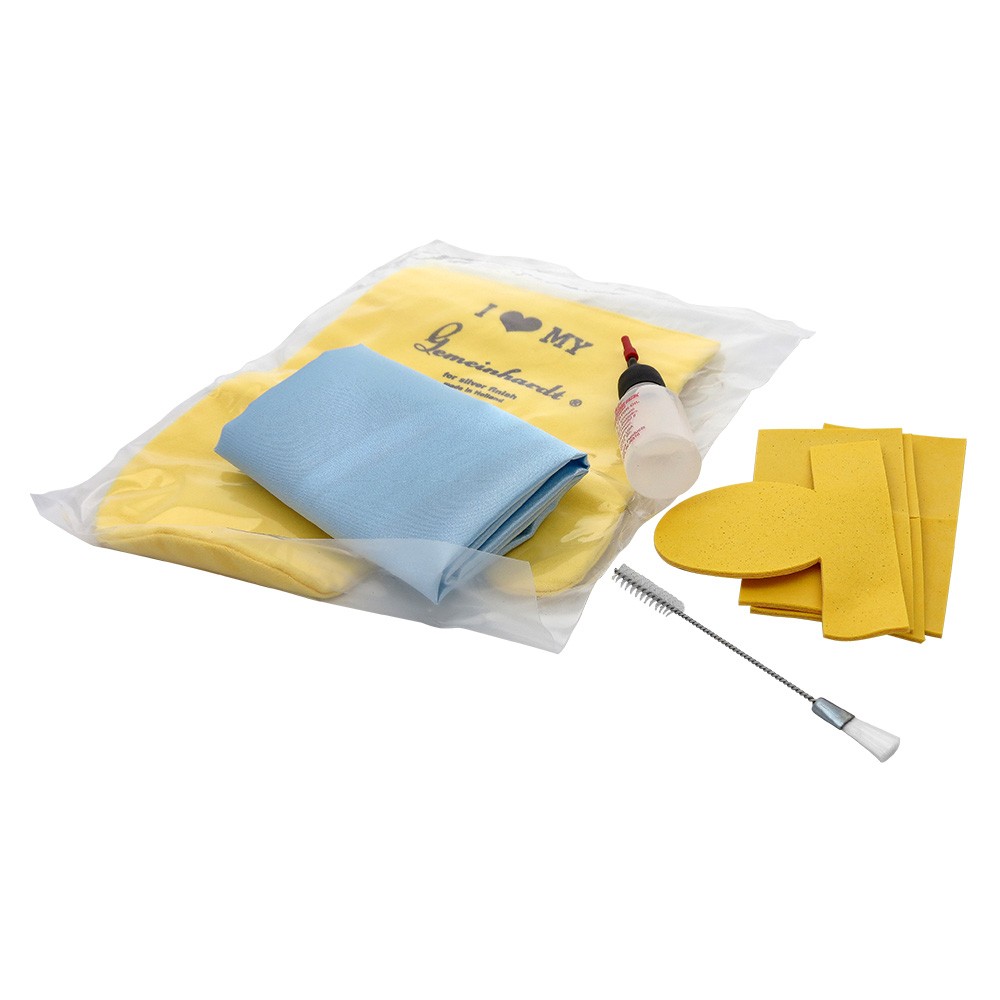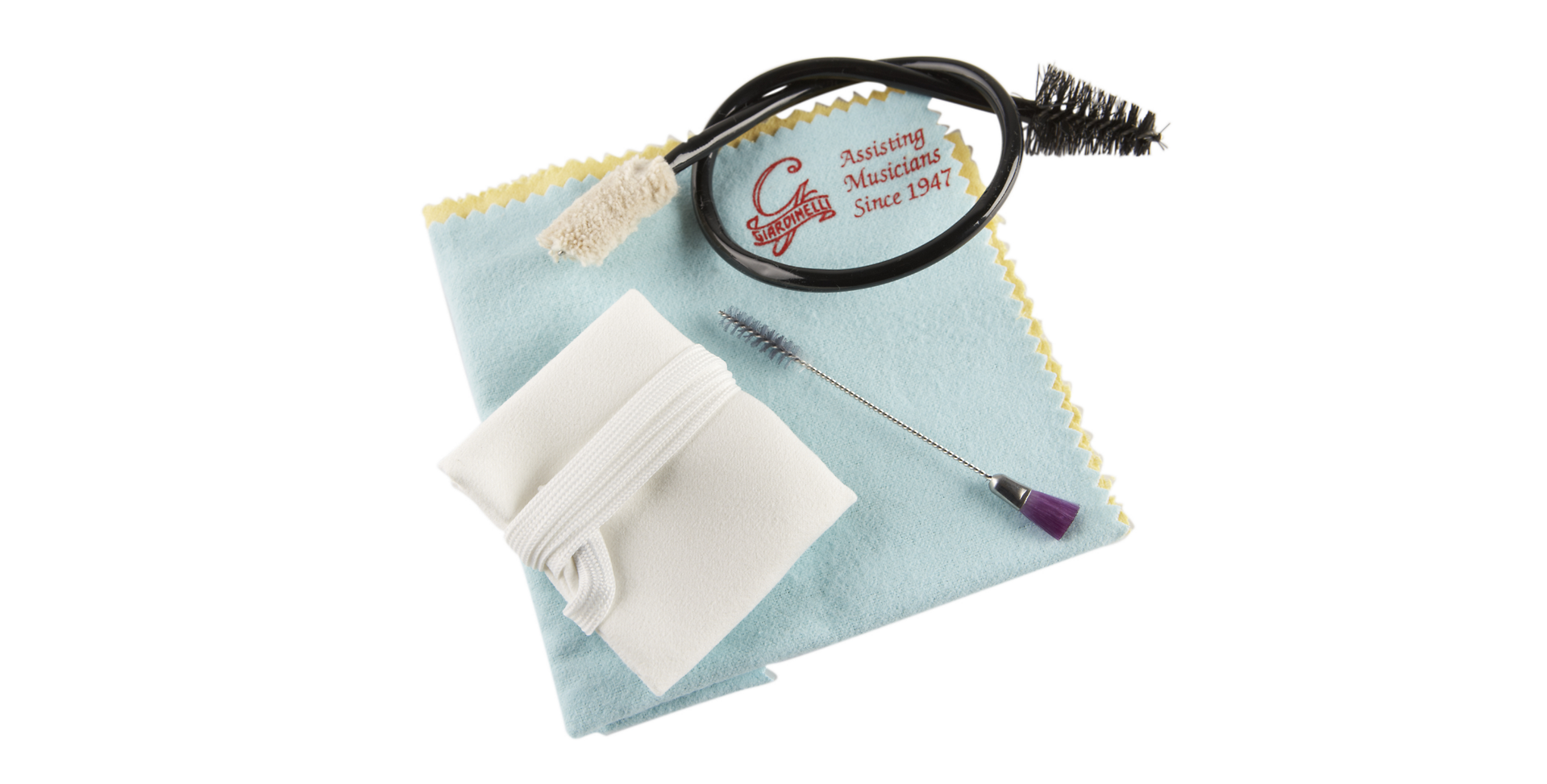Let’s talk about flute cleaning kits. Here at Notestem, we have already covered how to clean a flute, but now it is time to take a look at some of the kits you can find on the market to get started at developing those good flute cleaning and maintenance habits. At the end of this discussion, you may find that you just want to build your own kit for what works best for you (or the flutist in your life). Whether you are looking for a Gemeinhardt flute cleaning kit, a Yamaha flute cleaning kit, or anything in between, our overview of cleaning kits will get you started on the right path.
Why Buy A Kit vs Individual Pieces
Buying a flute cleaning kit can really help jump start your journey as a flute player. You are almost assured to have everything you need to get started caring for your instrument. However, the keyword there is “almost,” as not all kits are made equal, and you could find yourself in possession of a kit that does not suit your needs.
Some would argue that for this very reason, it is best just to buy the individual components you need to care for your instrument and tailor it to your needs. But what if you are a new flutist? What are your needs and what does your instrument need?
We then circle back to the benefits of buying a kit.
Either way, you can’t go wrong. What would be wrong is not caring for your flute at all!
So let’s take a look at a couple of the kits that are readily available to flutists, and even make some suggestions for building a kit of your own.
Pros and Cons: Gemeinhardt Flute Cleaning Kit
One of the most popular kits (and for a good reason) is the Gemeinhardt flute cleaning kit. This kit contains the following items:
- silver polishing mitt
- handkerchief swab
- headjoint swab
- three flute swab cloths
- small duster brush
- key and hinge oiler
I would honestly say this kit is a step up above the rest. While it contains maybe a bit more than the average flutist would need in their arsenal, it does contain many essentials and a unique take on those essentials that makes this kit unique and special.
Internal cleaning of the instrument is critical for proper maintenance, and this kit gives you some great options. The handkerchief swab allows for quick cleaning without the need to pull out your cleaning rod, allowing you to pull the cloth straight through the body and foot joint of the instrument.
For more careful cleaning, the headjoint swab has been uniquely created to fit on your cleaning rod and cover the end, to prevent the rod itself from doing any damage, if a metal rod is all you have. These swabs are highly absorbent and can get out any lingering condensation in the headjoint.
Additional swabs for the body and food joint have also been created for that thorough internal cleaning to ensure no residual moisture is lingering inside the instrument.
The polishing mitt is a very cool addition to this kit. Many flutists whose instruments are made from silver need to have some form of polishing cloth that is treated to handle the unique needs of silver. The fact that this kit contains a mitt instead of just a cloth allows for easier handling while preventing you from getting fingerprints on recently polished areas.
Flutes are precision instruments. And as such, too much dust build-up can cause the instrument to function poorly. That being said, improper cleaning of these elements of the instrument can throw the instrument into disrepair. Personally, I find the inclusion of small dusters and oil questionable, as these elements can be very useful to a flutist in the right situation, improper use can cause more harm than good to the instrument.
One thing to note about this kit: there is no cleaning rod. Some Gemeinhardt flutes come with a cleaning rod standard, so the lack of inclusion in their branded kit is not necessarily a surprise, but not every brand of flute comes with a cleaning rod, so it is just something to be aware of when purchasing this kit.
Pros: unique polishing cloth, multiple interior swab options
Cons: no cleaning rod, inclusion of items that require more maintenance knowledge of the flute to use properly.
Pros and Cons: Giardinelli Flute Maintenance and Care Kit
Another cleaning kit you can find on the market is the Giardinelli Flute Maintenance and Care Kit. This kit includes:
- microfiber polishing cloth
- swab with weighted end
- snake brush for headjoint
- wire brush for keys
This kit can make a great introductory kit, though unlike the Gemeinhart kit, it does not carry a well known flute brand name (though apparently Gardinelli does apparently make flutes). And honestly, it shows. While you will receive some basic items to help keep your flute clean, the approach is a bit more generalized and less specific to the flute. Yes, it is a flute cleaning kit and the components can be used as such, but the parts and pieces can be found in whole or in part in other cleaning kits that they make for other instruments.
The microfiber polishing cloth is a great starter cloth, especially if your instrument is nickel or a silver/nickel blend. Many flutists of silver flutes carry a polishing cloth that is treated to help clean and preserve the instrument, but micro-fiber is a good alternative for cleaning the outside of the instrument.
The weighted-end swab makes using it a bit easier than the Gemeinhart counterpart whose pull through swab is not weighted. The snake brush and swab is a bit atypical for most flutists. This is not a bad inclusion, just a bit unusual. Snake brushes are much more useful for instruments which are curved, so if you have a young flutist playing on a curved headjoint, this may be a much more useful cleaning tool than just using a swab cloth and cleaning rod.
Like the Gemeinhardt kit, this one also includes a wire brush to clean the key mechanism. Again, my opinion stands that this can be a useful tool when used right, but improper use could cause harm to the precision mechanisms of the flute.
Pros: weighted cloth swab, more condensed kit with less extra
Cons: snake brush/swab atypical for flutists, lack of a treated polishing cloth for silver metals
It is worth mentioning that Giardinelli makes additional cleaning and maintenance kits that supplement their basic kit:
The Super Saver Flute Care Packet contains cork grease, rod cleaning cloths, polishing cloth, cleaning brush, and a use and care pamphlet. I’m not a huge fan of using cork grease on a flute. Some flutists use it to make the headjoint slide into the body easier, but this could make the connection more slippery and keep the instrument from staying in tune. Also, cork grease is for cork, and, unless you are playing a wooden instrument, there is no cork to grease on a flute.
The Flute Master Care Pack contains a silver cloth, duster brush, cork grease, rod cleaning cloths, key oil, cleaning brush, a use and care pamphlet, and a deluxe Cordura case to keep it all together.
Pros and Cons: The Yamaha Flute Maintenance Kit
Yamaha produces their own branded cleaning kit which is a great alternative to the Gemeinhardt kit. It contains:
- Tone Hole Cleaners
- Pad Cleaning Paper
- Cleaning Gauze
- Polishing Cloth
- Silver Polishing Cloth
- Care & Maintenance Manual
This kit is a bit more unique in some of its components. Tone Hole cleaners are pretty unique. In my years of playing the flute, I have never had a tool that specifically cleans the holes on my open-holed flute. Some may say it is not necessary, but I say it can’t hurt. However, people buying these kits are likely not playing an open-holed flute, so it may be a bit of an obsolete inclusion.
Pad cleaning paper is also a very cool addition. I remember carrying around a dollar bill to help clean sticky pads. Dollar bills are not the cleanest option, but it was a “life hack” solution that worked in beginning band. However, using pad cleaning paper can help to address sticky pads much more effectively and properly.
This kit also includes two different polishing cloths, one treated for silver and one untreated for general cleaning. The multitude of options is appreciated especially given the various needs of the flute and flutist.
Unlike the previous kits, this one does not include any brushes for key mechanisms or key oil, which may be a very wise decision in the end, given that those are tools that should only be used by those who have some advanced knowledge of the workings of the instrument.
Pros: pad cleaning paper, multiple polishing cloths
Cons: potentially unusable tone hole cleaners, no cleaning rod
Pros and Cons: Buying Individual Parts and Pieces
If you have been playing the flute for any length of time, you may find that making your own cleaning kit is necessary. If none of the kits listed meet your needs, then perhaps we can suggest the following components to make your personal flute cleaning kit the best it can be.
Yamaha Wooden Cleaning Rod: we have mentioned before that a wooden rod is the best way to navigate the inside of your flute to prevent any scratching or damage that could be caused by a metal rod.
Jewel Silk Flute Swab: something you won't get from a cleaning kit is style, and this multi-colored silk swab combines style and function to make it one of the better swab options available. In reality, any absorbent cloth that won't scratch metal and that you can pull through the instrument with a cleaning rod is a good fit.
Leblanc Soft Metal Polishing Cloth Set: If you are looking for a solid cloth to keep the outside of your flute clean and tarnish free, the Leblac set is a great option continuing both a treated cloth and an untreated cloth to use in tandem for maximum polish and shine.
Yamaha Cleaning Paper: I liked this inclusion in the Yamaha kit so much, I think it is something flutists should have around, just in the event that pads get sticky. They also work great at absorbing water logged piccolo pads.
Herco Screwdriver Set: While using screwdrivers on your instrument is a learned skill, I have always found having a set of screwdrivers has been useful. Beginning instruments can have challenges with screws coming loose, or maybe to fix a leak on a key, you just need a small twist. I have found that having one of these kits in your music bag can be very useful to you and those around you who find a need for a precision screwdriver.
Pros: pick and choose the components you need to make your own kit
Cons: takes trial and error to find the right components, is the most costly option
Conclusion
Finding your favorite flute cleaning kit can seem challenging. A flute is a significant investment, both in time and money, and you want to ensure you are caring for it as properly as possible. In the end, you have to decide what works best for you and your instrument, and act accordingly. Any of these kits can be a good place to start, and hopefully our overview helps better understand what you can be looking for in a flute cleaning kit.






